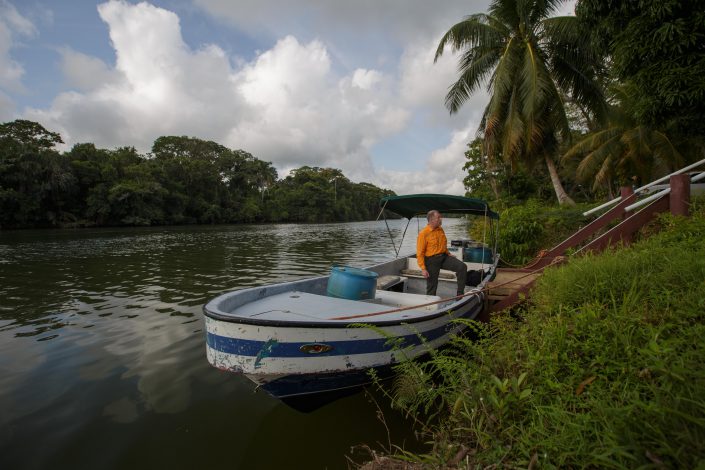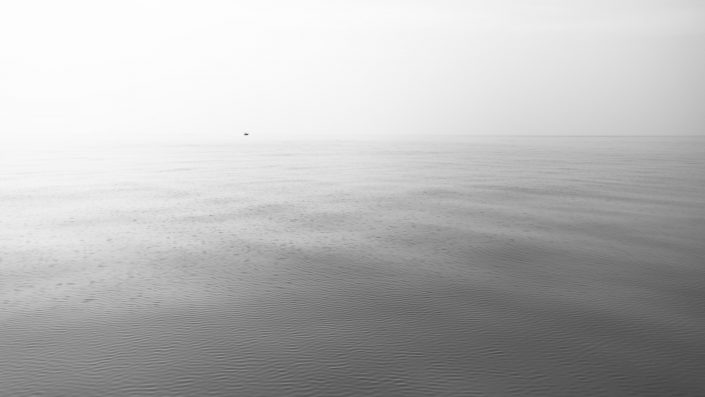Studying the Ridgway’s Osprey of Belize: Part III
Braving the Caribbean Sea to Survey Turneffe Atoll

For the final leg of our survey of Ridgway’s ospreys in the northern most part of our study area, we set out for Turneffe Atoll. Turneffe Atoll is an archipelago of mangrove islands and coral reef that’s approximately 20 miles east of Belize City. It’s 30 miles long and 10 miles wide and Belize’s largest coral atoll. Luckily, it was declared a marine reserve in 2012, which protects it from future development. Turneffe is an amazing assemblage of different marine habitats which provide habitat for a variety of many different species of wildlife, including American crocodiles (more on this later!), conch, spiny lobster, manatees, dolphins, sea turtles, and many species of birds, coral and fish. The mangrove islands are large with taller trees on the interior of the island. This is where most, if not all, the ospreys nest. We left on Monday, February 20th. Continue reading “Studying the Ridgway’s Osprey of Belize: Part III”


